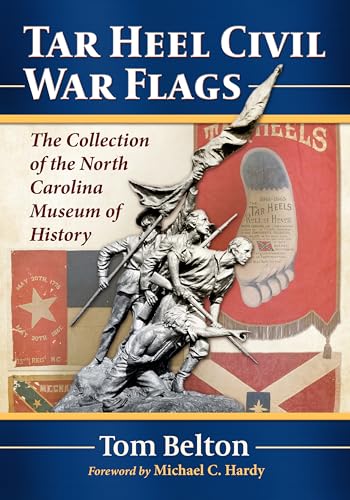
Villainous Compounds
by Guy R. Hasegawa
"Chemical Weapons and the American Civil War"
Popularity
3.52 / 5
* A book's popularity is determined by how it compares to all other books on this website.
Where to buy?
Buy from Amazon* If you buy this book through the link above, we may receive a small commission at no extra cost to you.
Villainous Compounds by Guy R. Hasegawa
Details
War:
American Civil War
Perspective:
Researcher
True Story:
Yes
Biography:
No
Region:
North America
Page Count:
202
Published Date:
2015
ISBN13:
9780809334315
Description
Brief Summary
Villainous Compounds by Guy R. Hasegawa delves into the intriguing history of chemical warfare proposals during the American Civil War. While most modern studies of chemical warfare focus on World War I, Hasegawa reveals that there were numerous proposals to weaponize chemical agents in the 1860s. The book explores the forward-thinking chemists and civilians who suggested using toxic chemicals as weapons, from liquid chlorine in artillery shells to cayenne pepper solutions. Although many of these proposals were rejected by military bureaucrats, they foreshadowed the widespread use of chemical weapons in later conflicts, highlighting the evolutionary link between historical and modern chemical warfare.
Main Themes and Topics
The primary theme of Villainous Compounds is the early exploration and proposal of chemical weapons during the Civil War. Hasegawa emphasizes the surprising ingenuity and ethical dilemmas faced by those proposing these weapons. The book also explores the bureaucratic inertia that often led to the rejection of these proposals, despite their potentially devastating innovations. Additionally, Hasegawa draws a connection between these early proposals and the eventual adoption and evolution of chemical weapons in twentieth and twenty-first-century warfare.
Writing Style and Tone
Hasegawa's writing is detailed and methodical, befitting the historical and technical nature of the subject matter. He presents a well-researched account, delving into the specifics of proposed chemical weapons with clarity and precision. The tone is objective and scholarly, providing readers with a comprehensive examination of the lesser-known aspects of Civil War history. Hasegawa successfully balances the technical aspects with accessible storytelling, making it engaging for both history enthusiasts and academic audiences.









